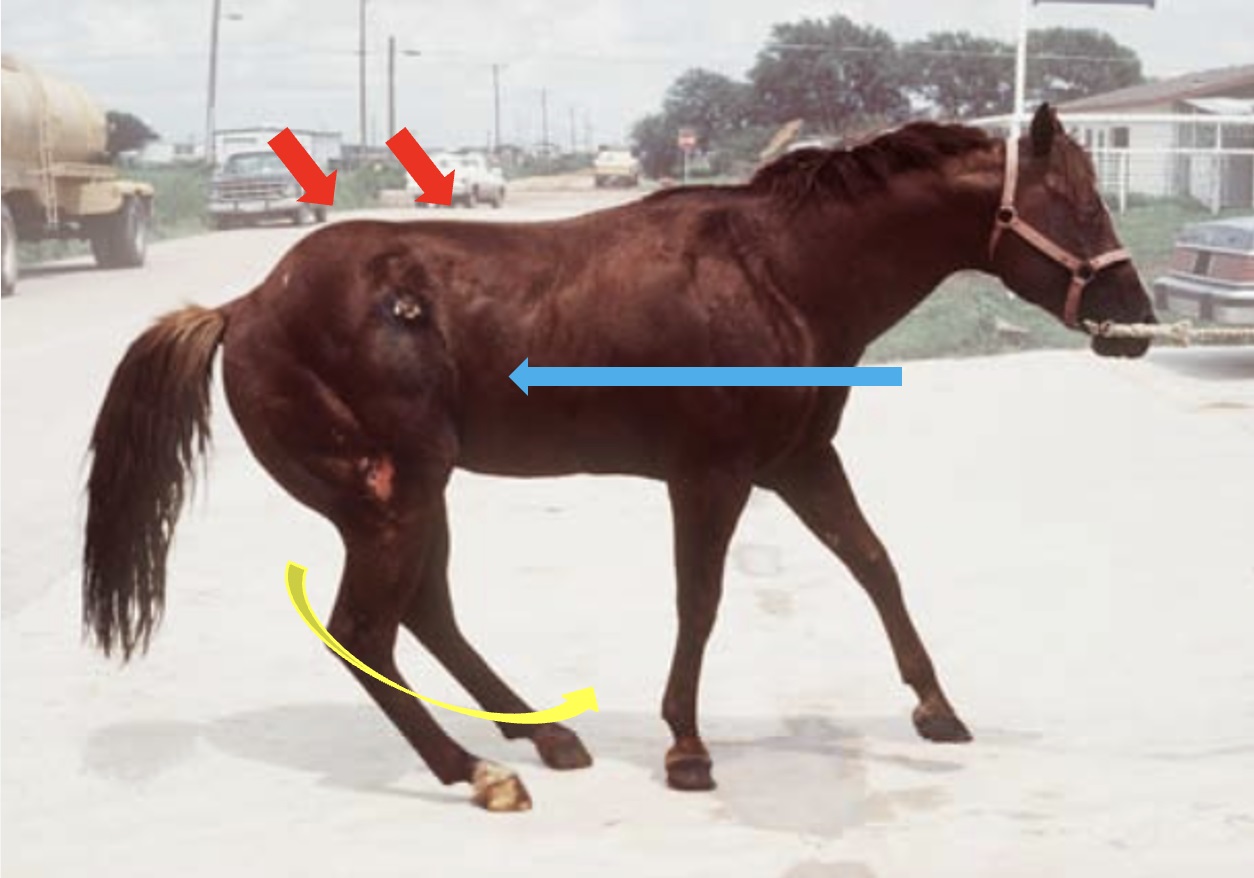Understanding the light adaptation of plants is critical for conservation.
Platycrater arguta, an endangered deciduous shrub endemic to East Asia, possesses high ornamental and phylogeographic value. However, the weak environmental adaptability of
P. arguta species has limited its general growth and conservation.
[...] Read more.
Understanding the light adaptation of plants is critical for conservation.
Platycrater arguta, an endangered deciduous shrub endemic to East Asia, possesses high ornamental and phylogeographic value. However, the weak environmental adaptability of
P. arguta species has limited its general growth and conservation. To obtain a deeper understanding of the
P. arguta growth conditions, we examined the leaf morphology and physiology via anatomical and chloroplast ultrastructural analyses following exposure to different natural light intensities (full light, 40%, and 10%). The findings indicated that
P. arguta seedings in the 10% light intensity had significantly improved leaf morphological characteristics and specific leaf area compared to those exposed to other intensities. The net photosynthetic rate, chlorophyll (Chl) content, photosynthetic nitrogen use efficiency (PNUE), and photosynthetic phosphorus use efficiency (PPUE) exhibited marked increases at a 10% light intensity compared to both 40% light and full light intensities, whereas the light compensation point and dark respiration levels reached their lowest values under the 10% light condition. With reduced light, leaf thickness, palisade tissue, spongy tissue, and stomatal density significantly decreased, whereas the stomatal length, stomatal width, and stomatal aperture were significantly elevated. When exposed to 10% light intensity, the ultrastructure of chloroplasts was well developed, chloroplasts and starch grain size, the number of grana, and thylakoids all increased significantly, while the number of plastoglobules was significantly reduced. Relative distance phenotypic plasticity index analysis exhibited that
P. arguta adapts to varying light environments predominantly by adjusting PPUE, Chl b, PNUE, chloroplast area, and the activity of PSII reaction centers. We proposed that
P. arguta efficiently utilizes low light to reconfigure its energy metabolism by regulating its leaf structure, photosynthetic capacity, nutrient use efficiency, and chloroplast development.
Full article
 IJMS
IMPACT
IJMS
IMPACT Applied Sciences
IMPACT
Applied Sciences
IMPACT Sustainability
IMPACT
Sustainability
IMPACT Sensors
IMPACT
Sensors
IMPACT JCM
IMPACT
JCM
IMPACT Energies
IMPACT
Energies
IMPACT Molecules
IMPACT
Molecules
IMPACT Materials
IMPACT
Materials
IMPACT Remote Sensing
IMPACT
Remote Sensing
IMPACT Cancers
IMPACT
Cancers
IMPACT Electronics
IMPACT
Electronics
IMPACT Mathematics
IMPACT
Mathematics
IMPACT Foods
IMPACT
Foods
IMPACT Buildings
IMPACT
Buildings
IMPACT Plants
IMPACT
Plants
IMPACT Nutrients
IMPACT
Nutrients
IMPACT Animals
IMPACT
Animals
IMPACT Polymers
IMPACT
Polymers
IMPACT Water
IMPACT
Water
IMPACT Diagnostics
IMPACT
Diagnostics
IMPACT Biomedicines
IMPACT
Biomedicines
IMPACT Agronomy
IMPACT
Agronomy
IMPACT Microorganisms
IMPACT
Microorganisms
IMPACT Processes
IMPACT
Processes
IMPACT Healthcare
IMPACT
Healthcare
IMPACT Forests
IMPACT
Forests
IMPACT Cells
IMPACT
Cells
IMPACT JMSE
IMPACT
JMSE
IMPACT Medicina
IMPACT
Medicina
IMPACT Viruses
IMPACT
Viruses
IMPACT Agriculture
IMPACT
Agriculture
IMPACT Nanomaterials
IMPACT
Nanomaterials
IMPACT IJERPH
IJERPH
 Land
IMPACT
Land
IMPACT Pharmaceutics
IMPACT
Pharmaceutics
IMPACT Pharmaceuticals
IMPACT
Pharmaceuticals
IMPACT Religions
IMPACT
Religions
IMPACT Biomolecules
IMPACT
Biomolecules
IMPACT Life
IMPACT
Life
IMPACT Micromachines
IMPACT
Micromachines
IMPACT Atmosphere
IMPACT
Atmosphere
IMPACT Antioxidants
IMPACT
Antioxidants
IMPACT Genes
IMPACT
Genes
IMPACT Metals
IMPACT
Metals
IMPACT Symmetry
IMPACT
Symmetry
IMPACT Children
IMPACT
Children
IMPACT Coatings
IMPACT
Coatings
IMPACT Vaccines
IMPACT
Vaccines
IMPACT Horticulturae
IMPACT
Horticulturae
IMPACT Education Sciences
IMPACT
Education Sciences
IMPACT Minerals
IMPACT
Minerals
IMPACT Brain Sciences
IMPACT
Brain Sciences
IMPACT JPM
IMPACT
JPM
IMPACT Bioengineering
IMPACT
Bioengineering
IMPACT







